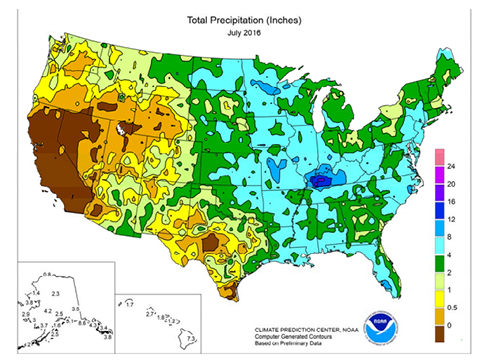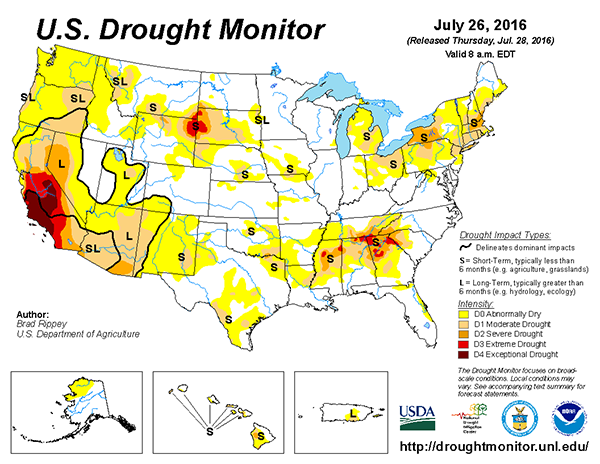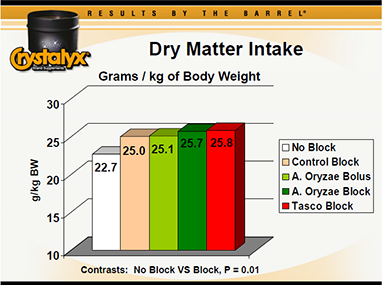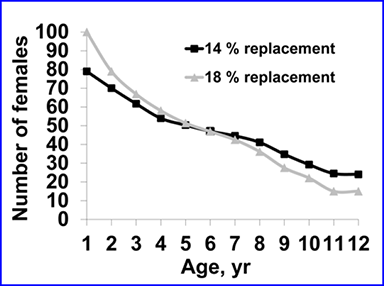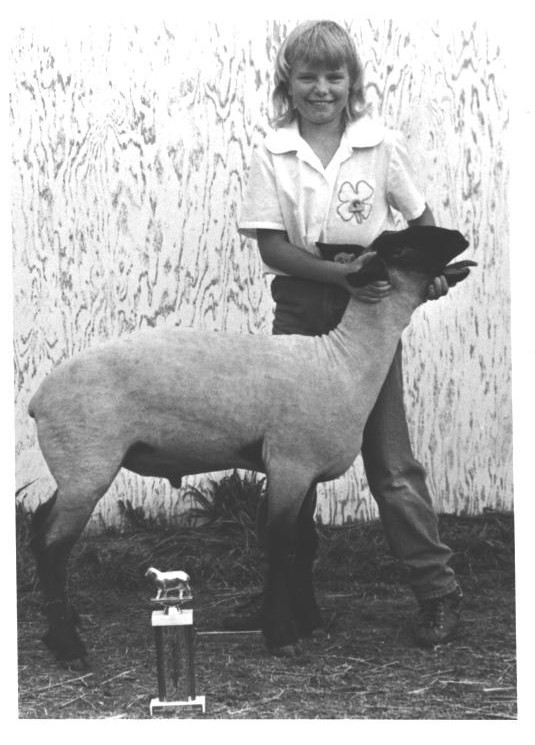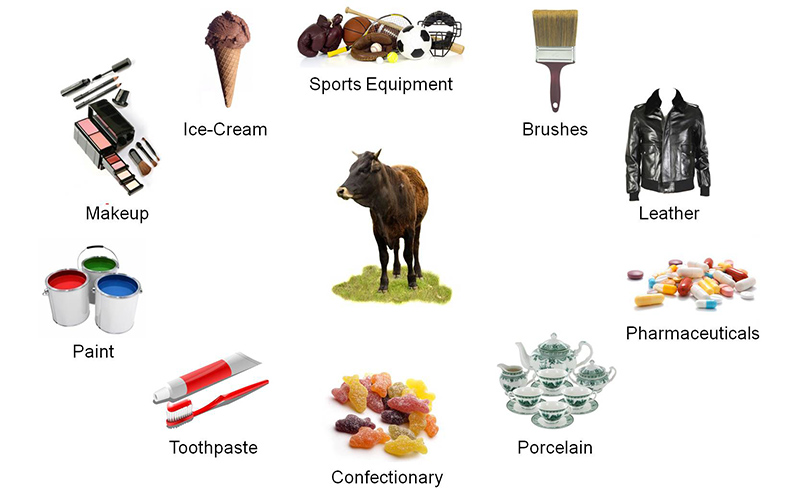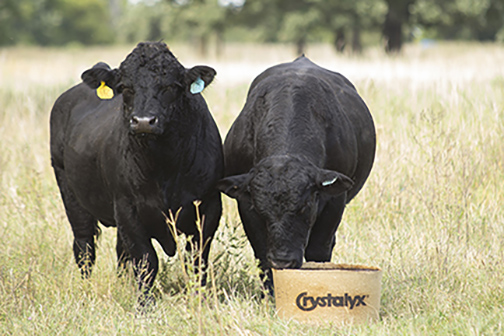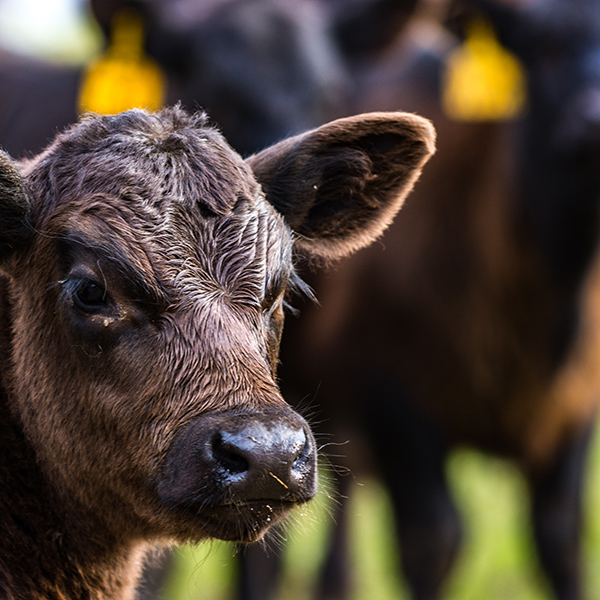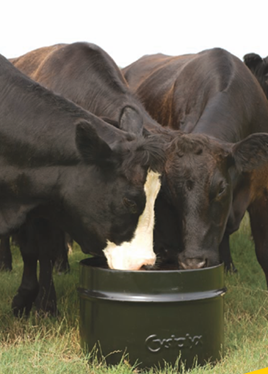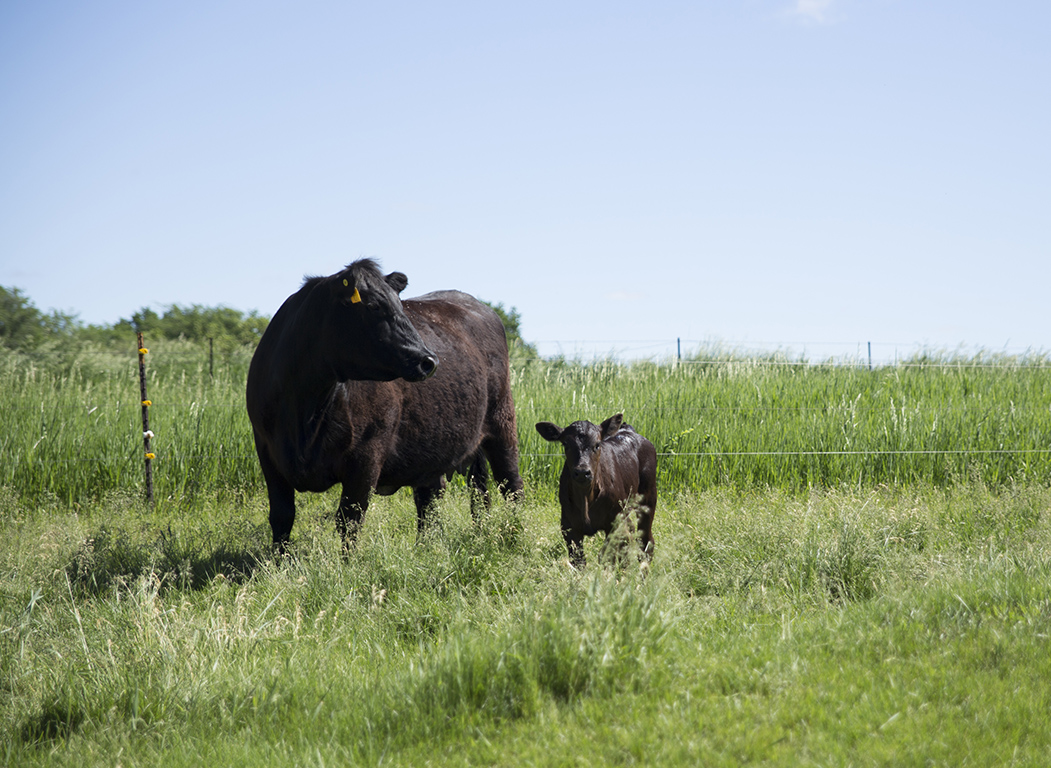Parts of the country are fortunate to have excellent pasture conditions. Large portions of the Eastern and Southeastern US are well above normal for rainfall which has kept pastures conditions in the good to excellent range for most of the grazing season. I have not seen this much grass in mid-August in the area I travel in several years. For the most part producers have built up hay inventories. Other parts of the country have not been as fortunate and will need to begin feeding hay earlier than desired.
Tips for cattle producers dealing with drought
While there are many parts of the country dealing with flooding and excessive rains right now, others are dealing with drought or dry conditions. Additionally, weather forecasters are saying that the La Niña weather pattern will increase chances for drought in late summer and fall even areas that are wet now. Whether you’re in drought now or preparing for drought later, don’t wait to form a plan.
What's with all these additives? Fix the fundamentals first
There are many additives fed to improve or alter rumen function and gut health. Yeast cultures, prebiotics, probiotics and fermentation extracts of these compounds are gaining more attention and finding more application.
Heifer replacement rate
What is the replacement rate in your beef herd? I think we all know that a lower replacement rate will be more cost effective than a higher one, as we all know raising or buying replacement heifers is a major cost in maintaining a cow herd. If you can keep more of your cows in your herd longer, your replacement rate will be lower. But what is the cost advantage to lowering the replacement rate, and how do we accomplish this?
Stay cool when the heat is on at the fair
My weekly chat with my mom reminded me that it’s county fair time in the northern parts of the US. While we’re lucky to not have the oppressive heat and humidity that some of the southern states have, it can and does get hot and humid. I recall a few show days from my 4-H years that were extra hot and a break in the shade with a wet towel was in order. This week, I thought I would share some thoughts on keeping everyone safe while at the fair.
Resource utilization and how beef cattle production benefits the environment
The discussion about food and the environment impact of animal agriculture has generated debate for many years. A disturbing trend is how the ultimate goal of eliminating animal agriculture is hidden in the recommendations of some organizations which attempt to tell the consumer what is best for them and the world in general.
Summer reminders for the cow herd
Here is a quick list of reminders for management areas that can easily be overlooked or delayed to a point where you might experience reductions in calf gain, delayed breeding, or potentially open cows, all resulting in lost income opportunities.
The veterinary feed directive rules: Are you ready?
Yes, this is yet another article about the upcoming Veterinary Feed Directive (VFD) Rules. By now some of you are probably tired of hearing about them, while others are hearing this for the first time.
Supplement for performance and health: It pays even in a down market
“Gotta cut back! This cattle market is in decline!” This seems to be a platitude we hear when economics become tight and margins in agriculture get thin.
Nutritional needs in early gestation
For many spring calving herds, we are now in the middle of the breeding season. Hopefully you have all been using a good summer mineral, quite possibly with fly control in it. But this is no time to relax – what should we be thinking about next?
